General Naravane’s Comments Expose Army’s Resistance To Reform
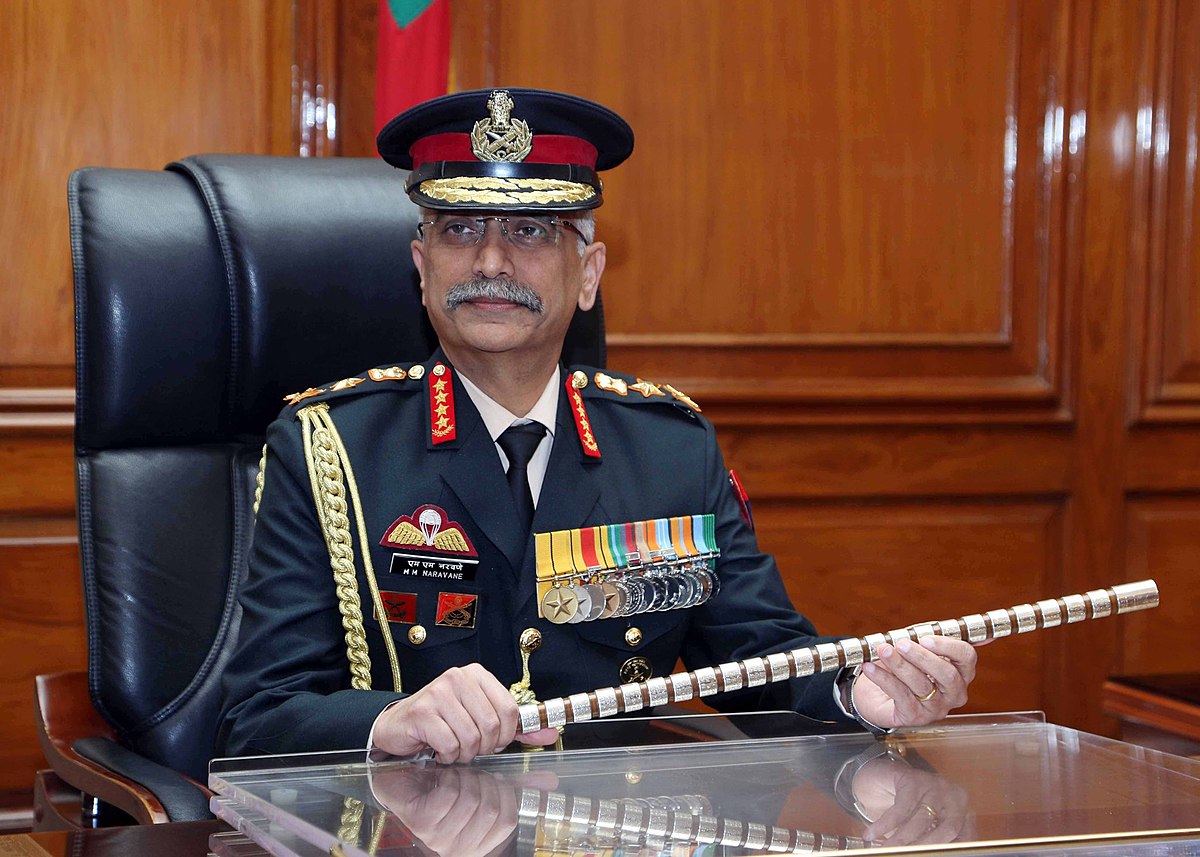
- The Ministry of Defense has twice stopped the IAF from choosing the Airbus A-330 MRTT over the Russian IL-78 refueler, saying that they did not have enough money.
- Navy Project-75I, which aims to buy six new submarines, is still in the "request for proposal" stage and hasn't moved forward in almost 15 years.
Former Army Chief General Manoj Mukund Naravane has some concerns about the Agnipath policy for recruiting people into the Indian Army, Indian Air Force (IAF), and Indian Navy. He will write about these concerns in his upcoming book called “Four Stars of Destiny.”
In the book, General Naravane talks about how, in 2020, he came up with the idea of “Tour of Duty,” which was first meant to be an Army-only way to recruit people.
He was surprised, though, when, in June 2022, the Agnipath policy, which was a bigger version of his “Tour of Duty” idea, was made public for all three services.
He says, “This turn of events caught us in the Army by surprise, but for the Navy and Air Force, it came out of nowhere.”
One could say that the policy, like most others, isn’t perfect in its first form, but the General’s views on it only show a trend that has been bothering the Army’s civilian bosses for a long time: its unwillingness to change.
The Army has blocked too many reforms for this to be a surprise. For example, it fought against making the Chief of Defence Staff position, which the Prime Minister’s Office had to push for.
In his book, General Naravane mentions, “Various models of the scheme were deliberated upon, with the army’s initial argument being that 75 per cent of the jawans to be recruited should be retained, while 25 per cent could be released from service.”
When the government talked about the policy in more detail, the ratio was switched: 25% of the jawans hired under the policy were to be kept on, while 75% were to be let go with benefits.
Over time, the main goal of the plan was to cut the budget for pensions so that the armed forces would have enough money for modernization.
Should only 25% of recruits have been let go instead of the 75% that the government wanted? That wouldn’t have been enough to change things to reach this goal and the policy’s other stated goals in the time allotted.
The armed forces don’t spend much on capital expenditure, which is the money set aside to buy new weapons like missiles, ships, submarines, tanks, and fighter jets. This is because the defense budget is mostly used to pay salaries and pensions.
Just the bills for military pensions add up to Rs 1.38 lakh crore, which is almost 20% of the Rs 5.93 lakh crore budget for defense. Even more money has been set aside for the One Rank One Pension (OROP) scheme, which now has a total of Rs 23,600 crore owed.
The revenue expenditure, which covers the day-to-day running of the armed forces and includes salaries, is Rs 2.72 lakh crore. Only 27% of the total defense budget, or Rs 1.62 lakh crore, is set aside for capital expenditure, which includes buying new weapons and other expensive items.
The budget for capital expenditures last year was Rs 1.52 lakh crore, so this is only an increase of Rs 10,000 crore. On the whole, most of the money is spent on salaries, pensions, and keeping the war machine running.
This doesn’t leave much money for keeping up with the times.
The armed forces don’t have enough money to improve their war equipment, which is a problem because China is acting aggressively along the whole Line of Actual Control (LAC) in the Himalayan watershed and building military infrastructure on the Tibetan plateau very quickly.
Take the plan for the IAF to buy six mid-air refuelers as an example. More than ten years have passed since it was last worked on. The Ministry of Defense has twice stopped the IAF from choosing the Airbus A-330 MRTT over the Russian IL-78 refueler, saying that they did not have enough money.
Navy Project-75I, which aims to buy six new submarines, is still in the “request for proposal” stage and hasn’t moved forward in almost 15 years. Similarly, the multi-role fighter aircraft (MRFA) program hasn’t seen the light at the end of the tunnel, with only 36 Rafales bought from France as a stopgap measure.
Not having enough money also slowed down a full upgrade plan for the Sukhoi Su-30 MKI. It wasn’t approved until last month (November 2023).
Because of this, the army, which is in charge of most of the budget (salaries and pensions take up 70% of its Rs 3.41 lakh crore budget), should have been the one to start a program like Agniveer.
It is now necessary for the government to use the top-down method to make sure that reforms like Agnipath are carried out.
This shows that the army is still not ready to change, at least not as quickly as the security situation needs to.
In essence, General Naravane’s thoughts in “Four Stars of Destiny” show that there is a strong resistance to change in the army. Many things about war are changing, but the army still doesn’t want to accept reforms or adapt. This is a big problem for India’s military future.

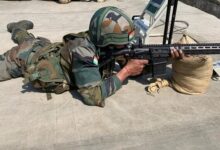
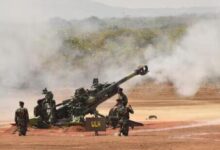

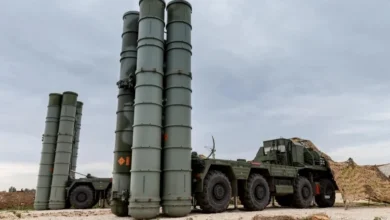

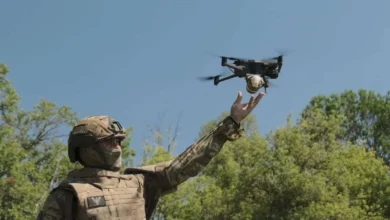
Facebook Comments